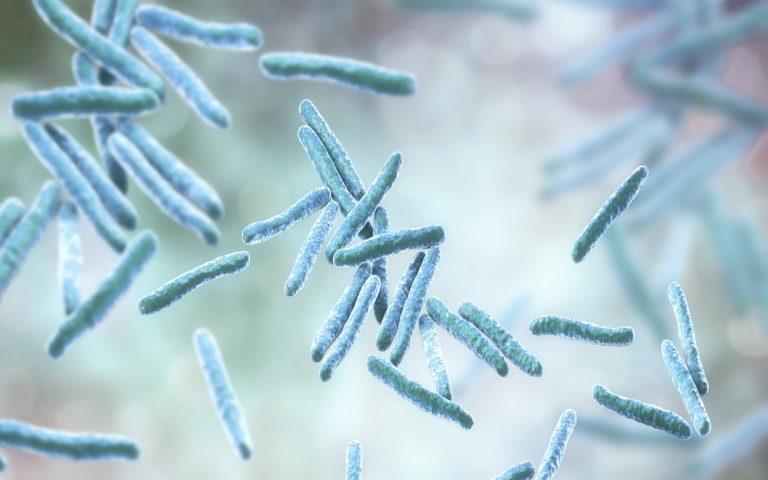
Two strains of the bacterium causing tuberculosis (TB), one of the world’s most common diseases, have only minor genetic differences but attack the lungs in a very different fashion. A new study from Rutgers researchers about this could explain why treatments work in some patients but not others. It could also point to ways of reducing TB transmission.
“We have long known that some individuals with TB are more infectious than others,” said senior author Padmini Salgame, associate director of the Public Health Research Institute at Rutgers New Jersey Medical School. “However, until now, the mechanisms responsible for this variability in transmission between individuals with TB have not been well understood.”
The findings were published in the journal Nature Communications.
TB is the second-leading infectious killer in the world after COVID-19, according to the World Health Organization (WHO). The agency estimates that 10 million people contracted TB in 2020 alone.
“[Our] findings implicate strain differences as having an important effect on the response of lung alveolar macrophages and how tuberculosis manifests itself in the body and how it is transmitted,” said Salgame. “We also believe it will inform anyone hoping to devise more effective treatments.”
To better understand transmission and how it relates to treatment outcomes, the researchers focused on the impact two strains of Mycobacterium tuberculosis have on the lungs. Though the strains differ slightly in their gene sequences, one is regarded as “high transmission” because it spreads easily and the second as “low transmission” because it does not infect as readily. TB bacteria are spread through the air when persons with disease in their lungs cough, speak, or even sing.
The researchers used strains identified in a Rutgers collaborative study with researchers at Núcleo de Doenças Infecciosas (NDI) in Brazil comparing “high transmission” and “low transmission” households of people with TB.
The scientists then studied the immune pathways the pathogen triggered in the lungs of infected mice. The lungs of mice infected with the high transmission strain quickly formed clumps of immune cells known as granulomas that encased the invading bacteria, stopping development of a more virulent disease. In most cases, the granulomas broke down eventually, spilling their contents. Researchers believe that if the escaped bacteria are close enough to the bronchial airway, they could be expelled into the air as infectious aerosols.
“By inducing granulomas with the potential to develop into cavitary lesions that aids bacterial escape into the airways, high transmission M. tuberculosis strains are poised for greater transmissibility,” said Salgame, who is also a professor in the Department of Medicine.
In contrast, in mice infected with the low transmission strain, the invading bacteria were slow to activate the lung alveolar macrophages and ended up producing patches of inflammation within the lungs that did not allow the bacteria to escape into airways and allowed them to conglomerate and intensify the infection, according to Salgame.
The researchers found that the “high transmission” M.tuberculosis strain induces rapid IL-1R-dependent alveolar macrophage migration from the alveolar space into the interstitium. This is key, they say, to subsequent steps, including early dissemination of bacteria to the lymph nodes, Th1 priming, granulomatous response and bacterial control.
With the low-transmission M.tuberculosis strain, meanwhile, IL-1R-dependent alveolar macrophage migration and early dissemination of bacteria to lymph nodes was shown to be significantly impeded.











